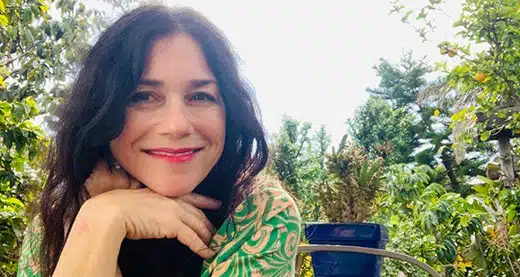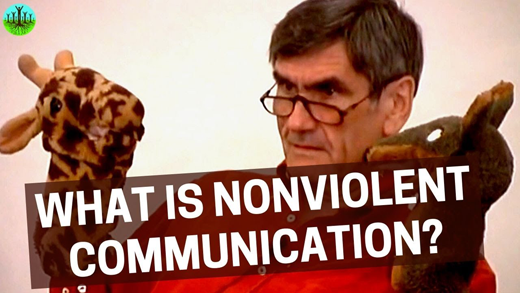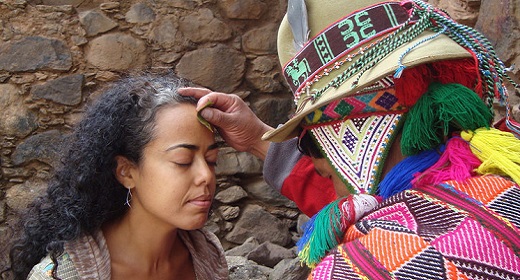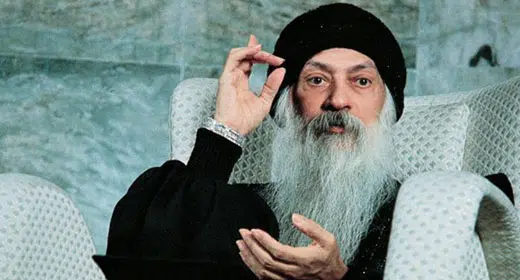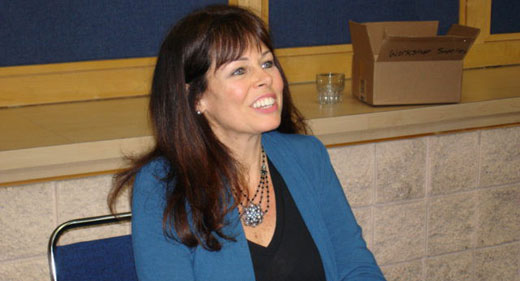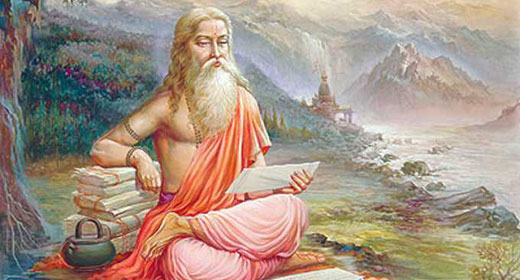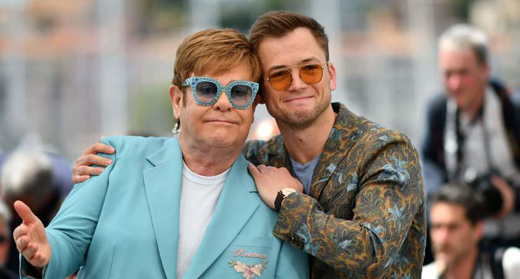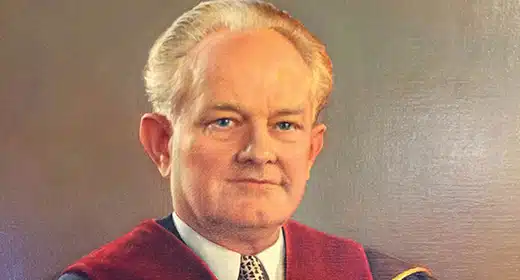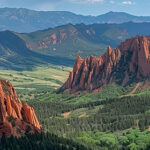by Kathrin Winkler: It could have been angry and defiant. It could have been despondent and fatalistic. Or worse, it could have been rosy and effervescent…
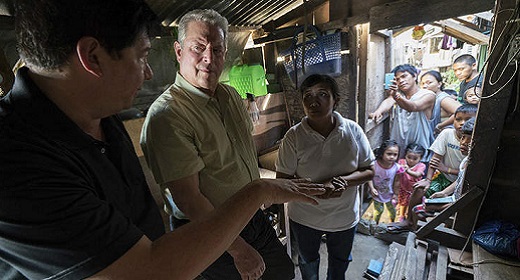
“It” was the 34th training session of Al Gore’s Climate Reality Project Leadership Corps, and the first since the November election. And it managed to thread the needle — not sugar-coating the scale of the climate challenge, or denying the onslaught of setbacks, yet still inspiring appreciation for the many gains being made, belief in our power to do more and hope that we will do it fast enough.
That hope is surely needed now more than ever. Many of the 972 participants shared with one another our motivation for attending. I heard repeatedly, “I woke up on Nov. 9 and knew I had to do something,” as well as “I’m sunk in despair and want to rekindle my sense of hope.”
The Climate Reality Leaders’ training served both needs pretty well: the first with practical advice and tools for taking action; the second with the realization of how much investment, innovation and local action is happening, and with awareness of the army of unsung activists that are making it happen.
When I learned how many people were coming, I suspected that this would all be just a big Kumbaya event. (That’s not a bad thing, by the way, in a time defined by divisiveness.) But meet the nearly 50 mentors — or previously trained Climate Reality Leaders — and you realize just how many have been activated by this program.
The more than 11,000-member global Leadership Corps includes founders of nonprofits and social enterprises, organizers of moms, a creator of the widely distributed Islamic Declaration on Global Climate Change, authors of policy and of books, and holders of local office.
30,000 slides
I’m a ranking member of the “old farts” of sustainability, but they blew me away, these advocates for climate action. Even many first-time attendees already were deeply involved in shaping local policy, championing engagement by businesses, pursuing climate justice for marginalized communities.
The event itself is a bit of a cross between a conference and training. The centerpiece was Gore’s delivery of the full two-hour presentation, followed on Day 2 by a one-hour version. “The presentation,” by the way, is not a fixed set or sequence of slides. It is a living portfolio of 30,000 (!) slides, constantly updated, revised and selected for purpose by Gore himself.
Modified right up until delivery, the deck we saw was loaded with information about events that have occurred just since the start of the year, and had extra information on Colorado in a nod to the large local contingent. The slides, available for use by trained Climate Reality Leaders, come with annotations and source references.
But Gore doesn’t need them. He is a fount of information, rattling off pithy right-brained anecdotes and wonky left-brained facts and figures. He was fond of saying “That’s above my pay grade” when moderating panels or introducing other speakers, but no one was fooled — he’s one smart dude.
Witty, too. And opinionated. But notwithstanding his dismay at the current state of affairs at the federal level and in the press, he stuck with his admonition of “don’t be mean,” leveling his indictments at specific actions, or general trends, but not demonizing either individuals or groups.
I suspect he was a little cautious about how much to expose his consternation over the current state of politics, but he gauged well that the audience was supportive and ramped up the side comments over the three days, albeit always with a touch of humor.
By the way, “An Inconvenient Sequel: Truth to Power” premiered in January at the Sundance Film Festival and is coming out in July. Gore says that it is more hopeful, with more focus on solutions. (Lest you don’t think it will matter, it’s worth noting that a substantial percentage of the attendees said that their awareness of global warming and personal commitment to action came from seeing the original 2006 movie.)
On the other hand, things were missing or slightly off-balance. Although the audience was global, it had a decidedly U.S. bias. For instance, I thought the breakout “Threats to Western Environments” would be about the Americas and Europe. But no — it was about Colorado, Wyoming and Utah (although to be fair, it was a great session that I probably wouldn’t have attended had it been more accurately titled).
Some Europeans understandably were frustrated that so much time was spent on how to respond to skeptics and the unsure; it’s just not a problem they’re dealing with (although I found that comforting, frankly).
Challenges, tradeoffs and downsides
There was some important discussion about the displacement of workers and economic impacts on Native American communities from decline of the coal industry. But I’d really have liked to hear more about the fair challenges, tradeoffs and downsides to some climate solutions on the table, with an honest discussion of how to mitigate them.
I’ve been around the block a few times, and didn’t expect to learn much. I was wrong. I certainly beefed up my knowledge of relevant science, technology, policy and market data. I learned that we’ve progressed from “this storm might have been influenced by climate change” to “every storm is changed by global warming,” and was introduced to terms such as “grass tops,” “megafires” and “rain bomb.”
I learned that climate justice is so much more than global warming having the biggest impacts on the most vulnerable; it includes the many wrongs that have been perpetrated on marginalized communities in the form of pollution, economic dependencies and lack of respect for culture and human rights. I was taught how to hold my hands on stage to exude strength plus warmth.
I learned that Al Gore is a really smart person. I was reminded that I am, too, and that I can stand up to help do something about this.

